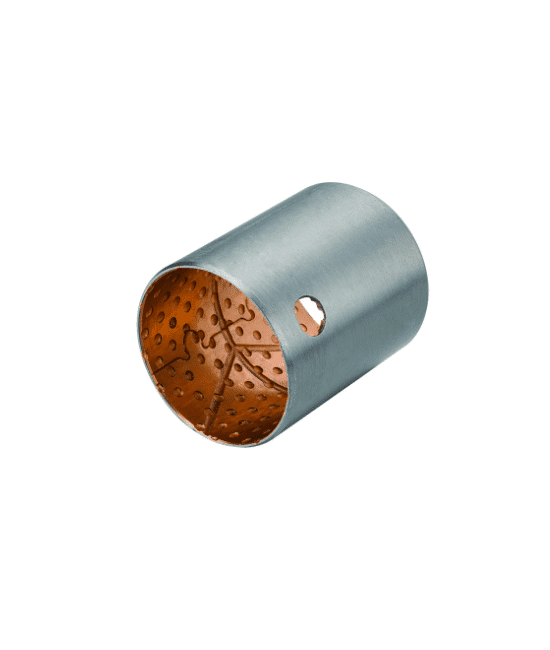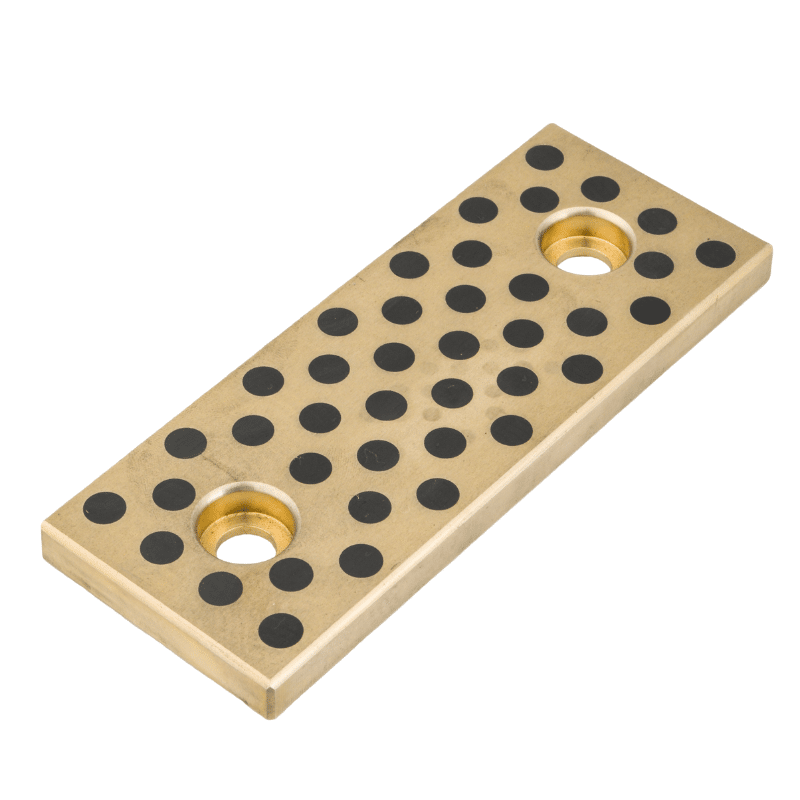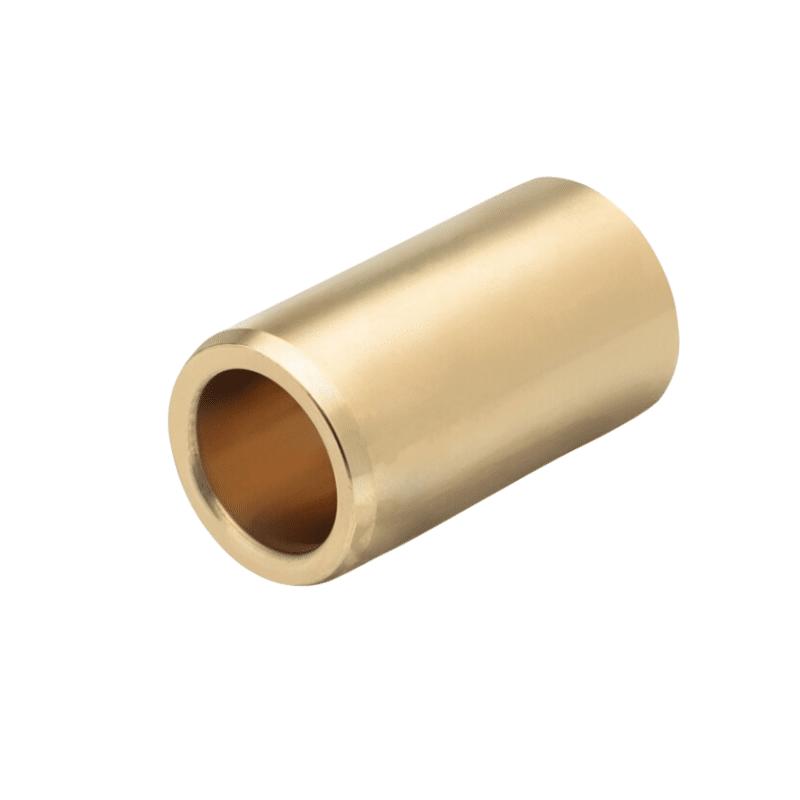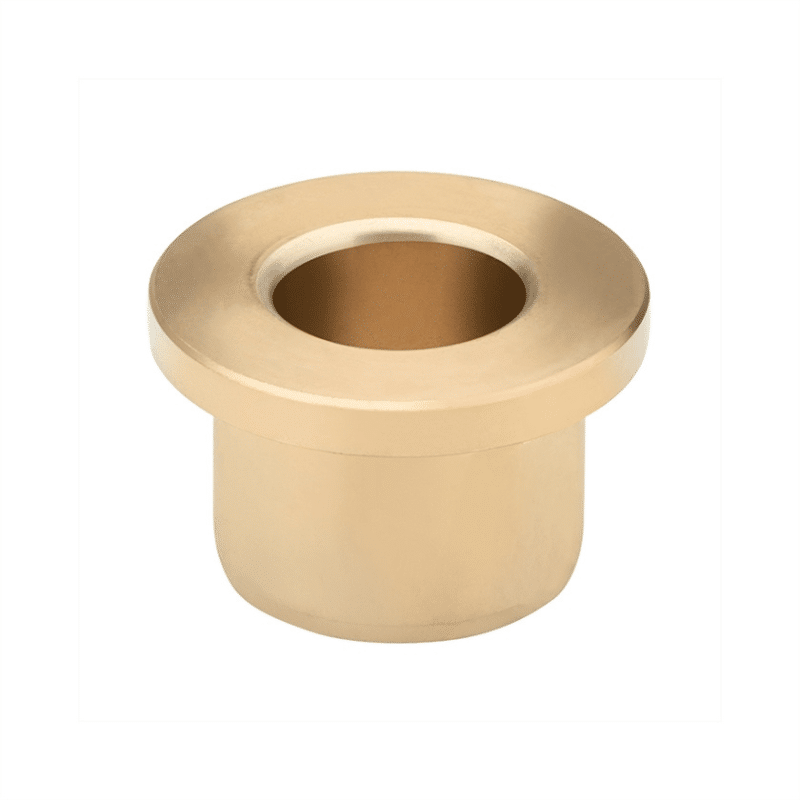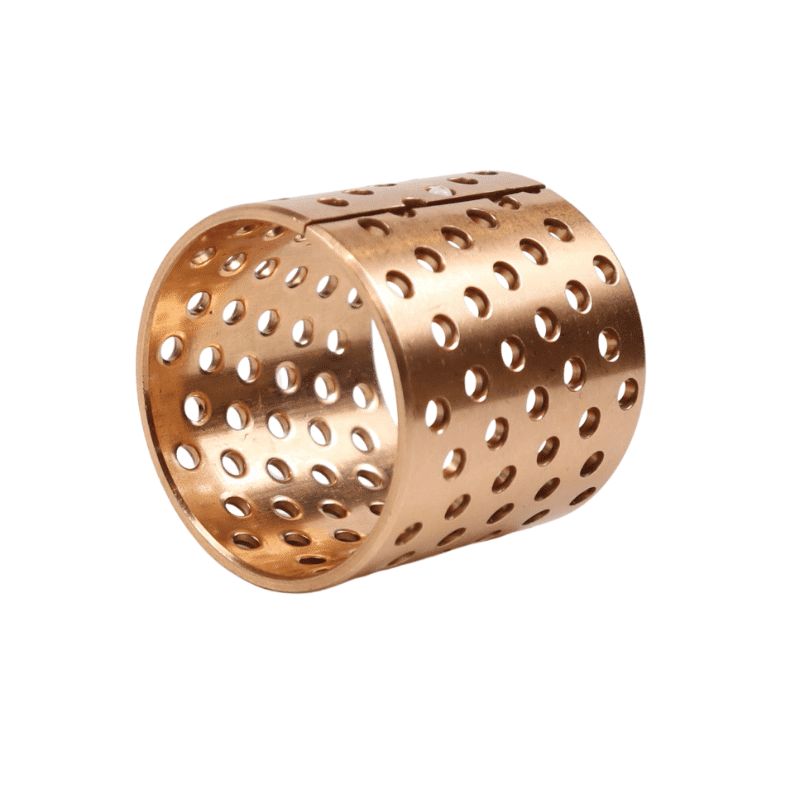bimetallic bearing
bimetallic bearing
Say goodbye to the hassle of frequent lubrication maintenance. Our self-lubricating technology ensures smooth operation and reduces wear and tear, extending the lifespan of your equipment. Experience uninterrupted productivity and cost savings as you bid farewell to the need for messy lubricants and time-consuming upkeep.
Manufacturing on Demand, alternative solutions
bimetallic bearing
Bimetal Bushing, China Bimetallic Bearing – High-Quality Price Ratio
Auto Spare Parts Steel Backing Copper Layer Bimetal Bushing Connecting Rod Bush
Bimetallic Bushing
Bimetal bushings, composed of a steel base and a CuPb24Sn4 alloy bearing layer, serve as advanced composite materials tailored for high-performance industrial uses. These components are recognized for their exceptional fatigue resistance, loading capacity, and resilience to impacts, making them ideal for critical applications such as shafts and gears in high-speed, heavy-duty engines.
Composition and Characteristics The CuPb24Sn4 alloy, known also as SAE-799 or JIS-LBC6 Bronze Alloy, incorporates a significant lead content to enhance its malleability and resistance to wear. The alloy primarily comprises copper, lead, and tin, with the percentages reflecting the proportions of lead and tin.
Key specifications of these bimetal bushings include:
- Maximum dynamic load capacity: 120N/mm²
- Maximum velocity under grease lubrication: 2.5m/s, with a maximum PV value of 2.8N/mm²·m/s
- Grease lubrication friction coefficient range: 0.05 to 0.15
- Enhanced performance under oil lubrication, with a maximum speed of 10m/s and a PV value of 10N/mm²·m/s
- Oil lubrication friction coefficient range: 0.04 to 0.12
- Operational temperature limits are 150℃ for grease and 250℃ for oil lubrication
- Alloy hardness between 45 to 70, with thermal conductivity of 60W/(m·k) and a coefficient of linear expansion at 19×10^-6K^-1
Applications These bushings are extensively employed in the automotive sector, including in engines, transmissions, chassis, steering systems, and more. They also find applications in construction equipment, lifting machinery, and other settings requiring robust performance under high loads and low speeds.
Design Features Notably, these bushings can endure significant loads and shocks, thanks to customizable grooves and indentations that help retain lubricants to minimize wear and prolong lifespan.
Availability Offered in a variety of dimensions and configurations, such as flanged, cylindrical, and slim profiles, these bushings can also be tailored to specific needs.
Conclusion The selection of a bimetal bushing, particularly the steel-backed CuPb24Sn4 type, should be guided by the application’s unique demands concerning load, speed, temperature, and lubrication. These bushings stand out for their robust construction and efficient performance, catering to rigorous environments where durability and dependability are paramount.
Material
steel+CuPb24Sn4
| Performance | Data | |
| Max dynamic Load P | 120N/mm² | |
| Max line speed V | Grease lubrication | 2.5m/s |
| Max PV value | Grease lubrication | 2.8N/mm²·m/s |
| Friction coef μ | Grease lubrication | 0.05~0.15 |
| Max line speed V | Oil lubricating. | 10m/s |
| Max PV value | Oil lubricating. | 10N/mm²· m/s |
| Friction coef μ | Oil lubricating. | 0.04~0.12 |
| Max Working temperature | Grease lubrication | 150℃ |
| Performance | Data | |
| Max Working temperature | Oil lubricating. | 250℃ |
| Mating Axis | Hardness | ≥48HB |
| Mating Axis | Roughness | Ra=0.16~0.63 |
| Alloy layer hardness | 45~70 | |
| Thermal conductivity | 60W/(m·k) | |
| Coefficient of linear expansion | 19×10-6K-1 | |
| We can also develop according to customers’ special requests while out of this table. | ||
Bimetallic bearing Series products bimetal bearings
Bi-metal bearings are engineered composites that merge a steel base with a bronze alloy coating, making them ideal for applications that require robust and dependable bearings. The go-to bronze alloy for these bearings is CuSb10Pb10, with alternatives like the low-lead CuSn10Pb5 and lead-free options also on offer. These bearings are crafted to support extended lubrication periods and can be produced with an increased thickness of the lead bronze layer to accommodate further machining after installation.
The bronze layer, with compositions such as CuPb10Sn10, offers excellent wear resistance and minimal friction coefficients, crucial for bearings functioning in lubricated conditions. To further boost their efficacy, these bearings may feature lubrication indents, oil grooves, or oil holes. They’re versatile across a spectrum of uses, such as in the automotive sector, industrial engines, heavy-duty machinery, and beyond, thanks to their significant load-bearing capacity, high fatigue strength, and inherent self-lubricating characteristics.
Typically employed with oil or grease for lubrication, bi-metal bearings are prized for their low friction, superior wear resistance, and optimal performance in lubricated environments. The steel backing is frequently coated with copper to enhance its resistance to corrosion. Available in various configurations like bushes, flanged bushes, thrust washers, and strips, they cater to a wide array of industrial needs and offer outstanding corrosion resistance, even in severe conditions.
In conclusion, bi-metal bearings stand out as a top selection for high-demand applications, offering customization options to meet specific lubrication and application requirements. They excel in situations involving high loads, shock loading, and when there’s a need for prolonged maintenance or lubrication intervals.


Your expert in self-lubricating Bearing
and Bronze alloys – serving globally
Brand replacement products and functionally equivalent parts, alternative solutions
Manufactures flange bronze bearings, service & maintenance companies to meet the exacting specifications required in a wide range of industrial applications.
Machined bronze bushing that meet the exacting requirements & specifications supplied by our clients. Spherical bearings, spindles, semi-spheres and supports that we have manufactured.
You will find to follow a selection of self lubricating bronze bearing material CuSn7Zn4Pb7, CuSn12, CuAl10Fe5Ni5,
CuZn25Al5Mn4Fe3
Alternative solution,We offer an outsourced machining service for bronze bushes, manufacturing precise parts to the designs supplied to us by our clients.
Selection of other composite bushing material of self lubricating bearing that we have manufactured.
Wrapped Bronze Sleeve Bearing, Are you interested in our products?
Manufacturer of bimetal and steel bronze bushing parts according to client’s drawing.

